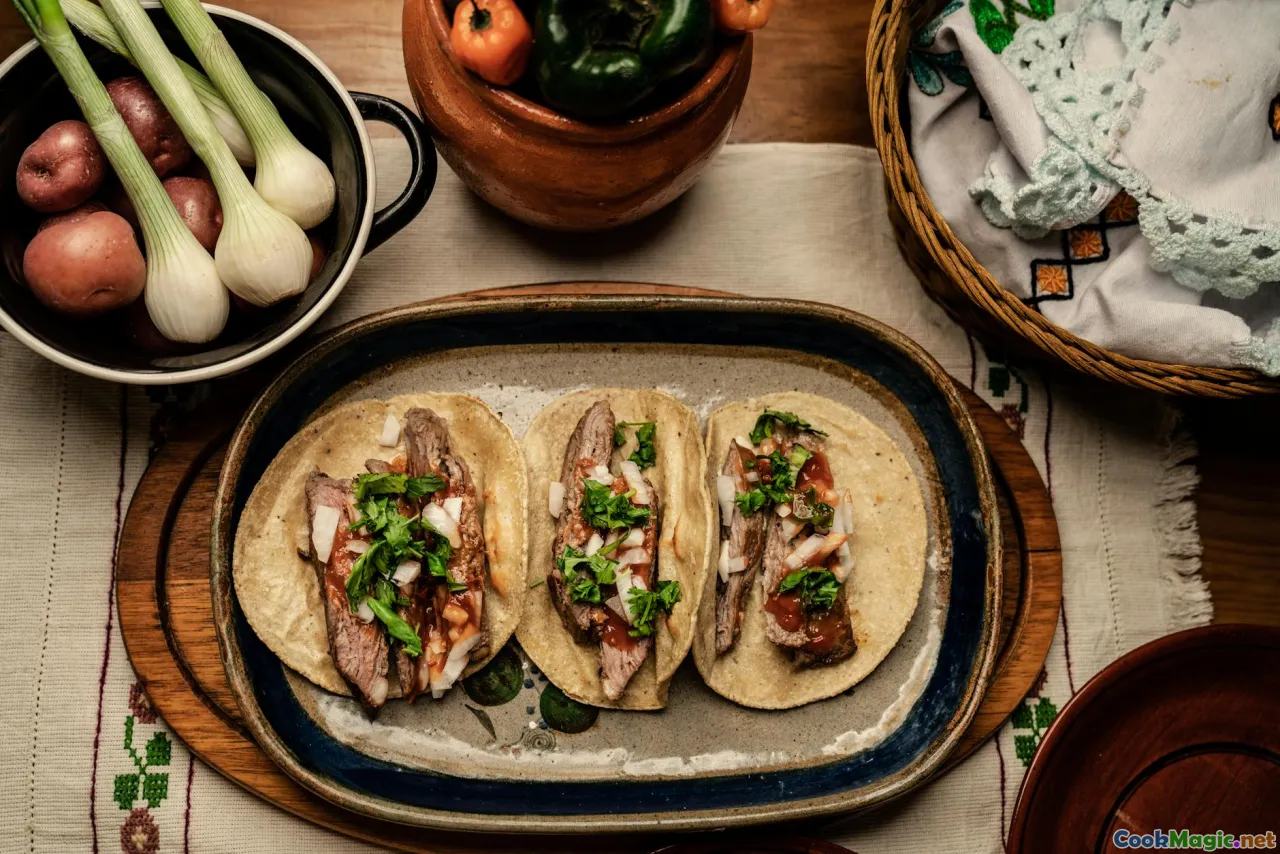The Influence of Ottoman Flavors in Algerian Food
7 min read Explore how Ottoman flavors have profoundly shaped Algerian cuisine, blending history, culture, and rich tastes into a vibrant culinary tapestry. April 20, 2025 02:55
The Influence of Ottoman Flavors in Algerian Food
Introduction: A Journey Through Time and Taste
Imagine walking through the bustling streets of Algiers, the scent of roasted spices and simmering stews wafting through the air, echoing centuries of history. Algerian cuisine, with its vibrant colors and complex flavors, is a living testament to a rich tapestry of cultural influences. Among these, the Ottoman Empire's imprint is both profound and palpable, woven into the very fabric of Algerian culinary traditions.
Did you know that many of the dishes that define Algerian food today owe their origins or preparation techniques to Ottoman culinary heritage? This fascinating blend of history and flavor invites us to explore not just recipes but stories of conquest, trade, and cultural exchange that have shaped the palate of modern Algeria.
The Historical Context: Ottoman Algeria as a Culinary Crossroads
The Ottoman Empire's presence in Algeria lasted from 1516 to 1830, a period during which the region experienced significant political, social, and cultural transformations. While the Ottomans primarily aimed to establish political dominance, they also left an indelible mark on local customs, including cuisine.
Ottoman influence entered Algerian kitchens through trade routes, administrative practices, and the movement of people. Ottoman chefs, with their sophisticated use of spices and intricate cooking techniques, introduced new flavors and presentation styles that gradually became integrated into local culinary traditions.
Ottoman Flavors and Ingredients in Algerian Cuisine
Spices and Aromatics: The Heart of Ottoman Influence
One of the most defining features of Ottoman cuisine was its masterful use of spices. In Algeria, these flavors transformed traditional dishes, elevating them with layers of complexity.
- Cinnamon and Cloves: Often used in sweet and savory dishes alike, these warm spices add depth and aromatic richness.
- Sumac and Za’atar: These tangy and herbal blends, popular in Ottoman kitchens, are now staples in Algerian salads and bread.
- Black Pepper and Paprika: Their smoky and pungent notes are common in stews and grilled meats.
Techniques and Culinary Styles
Ottoman cuisine emphasized slow cooking, layering of flavors, and presentation. Algerian dishes such as CouscousandTajines bear the hallmark of these techniques, with their fragrant broths and carefully arranged ingredients.
Iconic Dishes with Ottoman Roots
- Chakchouka: While its origins are debated, some culinary historians trace its use of spices and tomato-based sauces to Ottoman influence.
- Makroud: A semolina-based pastry flavored with cinnamon and honey, reflecting Ottoman sweet-making traditions.
- Harira: A hearty soup combining lentils, chickpeas, and spices, reminiscent of Ottoman lentil stews.
Personal Stories and Cultural Significance
Growing up in Oran, I remember my grandmother preparing Couscous with a secret blend of spices inspired by Ottoman recipes. The aroma would fill the house, evoking a sense of history and continuity. These dishes were more than sustenance; they were a connection to a shared past, a culinary dialogue across generations.
In many Algerian homes, cooking is an act of storytelling. The use of Ottoman-inspired spices and techniques signifies a respect for tradition and an embracing of cultural diversity. It’s not uncommon to hear elders recount tales of Ottoman sultans and traders while preparing these rich, flavorful foods.
Modern Algerian Cuisine: A Fusion of Past and Present
Today, Algerian chefs and home cooks continue to celebrate this Ottoman legacy. Contemporary dishes often feature a creative fusion—adding modern twists to traditional flavors. For example, a tagine might incorporate local ingredients like dates and almonds, yet retain its Ottoman spice foundation.
Culinary festivals across Algeria showcase this heritage, where spices like cinnamon and za’atar are used not only in traditional dishes but also in innovative culinary creations, from street food to haute cuisine.
Conclusion: A Flavorful Heritage Worth Preserving
The influence of Ottoman flavors in Algerian food is a testament to the enduring power of cultural exchange. It reminds us that cuisine is a living history, constantly evolving yet rooted in tradition. As we savor dishes infused with cinnamon, sumac, and slow-cooked spices, we partake in a centuries-old dialogue that bridges empires and continents.
So next time you enjoy a plate of Algerian couscous or a fragrant tajine, remember the Ottoman legacy woven into its fabric—a delicious reminder of Algeria’s vibrant, multicultural past. Embrace these flavors, and let them tell their story on your palate, connecting you to a rich history that continues to inspire.
In the end, Algerian cuisine is a testament to resilience and adaptability—a culinary mosaic shaped by countless influences, with Ottoman flavors shining brightly as a cornerstone of its identity.









